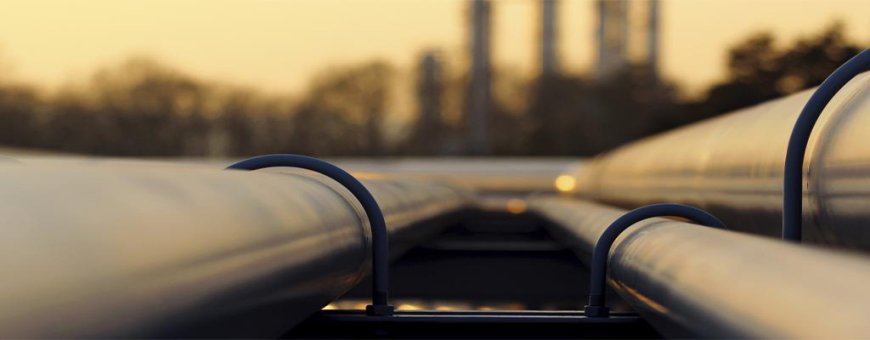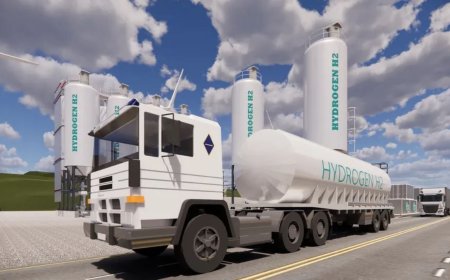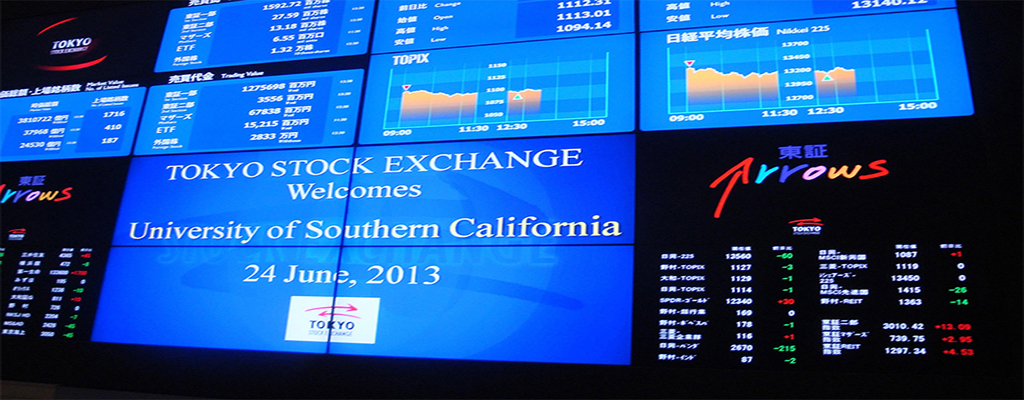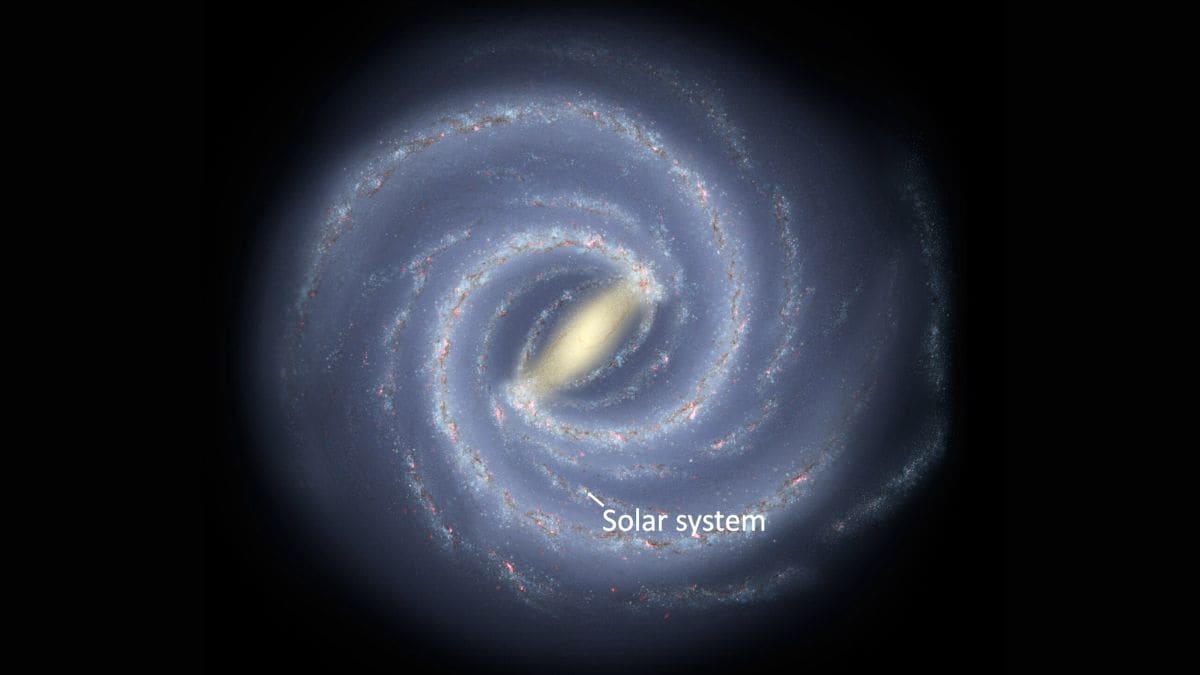Asia Faces Zero Growth in Demand For Petroleum Products

Earlier this week, China’s Sinopec reported a plunge in its first-half profit, citing subdued fuel demand as a reason. According to Kpler, sluggish fuel demand is a global trend, and it is set to extend into next year as well.
The energy research and analytics company reported this week that it expected global fuel demand to rise by some 840,000 barrels daily, which would accelerate modestly to 880,000 barrels daily in 2026. Kpler analyst Esteban Moreno cited weakened consumer confidence as one driver of the fuel demand trends and the proliferation of electric vehicles.
The trend of EVs undermining demand for oil products appears to be especially visible in the Asia-Pacific, the Kpler report suggests, as analysts see no demand growth in that region for this year at all. One reason for the forecast is China’s petrochemical overcapacity. Another is slower economic growth. Ageing populations in the region, as well as improvements in fuel efficiency, would also contribute to zero demand growth in 2025.
In China specifically, Kpler sees an actual decline in the demand for petroleum products this year, in part because of the trade war with the United States, which has affected certain fuel markets, most notably that for liquid petroleum gas. Of course, EVs are also affecting oil product demand in China, especially in the gasoline segment, while LNG-fueled trucks are undermining diesel demand in the world’s largest importer of crude.
Speaking of LNG, the outlook for gas demand in Asia is a lot brighter than the outlook for crude oil. There is virtually no forecast that sees gas demand getting destroyed by EVs. On the contrary, the electrification of transport and the boom in data centers will drive demand for electricity much higher everywhere there is electrification of transport and a data center industry.
Last month, Morgan Stanley forecast that Asia would see the strongest rate of gas demand growth, at an annual 5%, which would exceed the demand growth rates in other key regions such as Europe and the United States, where the rate of growth is seen at 1% and 3%, respectively.
“Consumption of natural gas will rise much quicker than most fuels for the rest of the decade, making it more than just a transition fuel,” said Mayank Maheshwari, head of Morgan Stanley’s energy and utilities coverage in India and Southeast Asia. “Natural gas has become the backbone of energy security and has an essential role in fulfilling the world's insatiable electrification needs, which have more than tripled in the last half decade.”
If electrification continues at the current rates, then the longer-term outlook for oil is no better than the short-term projections. It is worth remembering, however, that these projections are based on factors that may change. This is why Kpler noted in its report that if the trade war ends and global economic growth picks up the pace, demand for oil products in Asia and specifically China will improve, too.
Europe, meanwhile, has served something of a surprise in oil product demand. Despite governments’ efforts to accelerate the rollout of electric vehicles, fuel demand on the continent remains robust. Indeed, Kpler sees growth in gasoline and jet fuel demand in Europe this year, but a decline in fuel oil and naphtha. Indeed, the International Air Transport Association recently warned Europe was facing a jet fuel shortage resulting from a decline in domestic supply coupled with steady demand growth, again despite the green push that, among other things, aims to discourage Europeans from flying.
“The progressive closure of refineries and the decline in domestic jet fuel production have increased Europe’s reliance on imports, jeopardizing energy security for the aviation sector,” IATA said this week. Europe has tightened environmental regulations on refineries severely in the past few years, which has resulted in a series of closures that have limited domestic refining capacity.
According to FGE, Europe is also facing a diesel shortage in the second half of the year due to a decline in the availability of U.S. diesel. The firm attributed the forecast to “U.S. capacity closures and a heavier autumn maintenance schedule” as well as to price changes that would render fuels more expensive for European buyers.
It is worth noting that Europe’s oil product consumption remains steady despite its negligible economic growth over the past couple of years. If that improves, it is likely that Europe too will see a pickup in oil product demand. Meanwhile, the U.S. will also see stable if not huge growth in fuel demand driven by heating during the winter months and a steady rise in air travel, Kpler also said.
Gasoline demand in North America, however, is seen declining in 2026, again driven by tighter fuel efficiency standards, and diesel demand will be affected adversely by the impact of tariffs on freight activity, Kpler also said in its report.
By Irina Slav for Oilprice.com









































